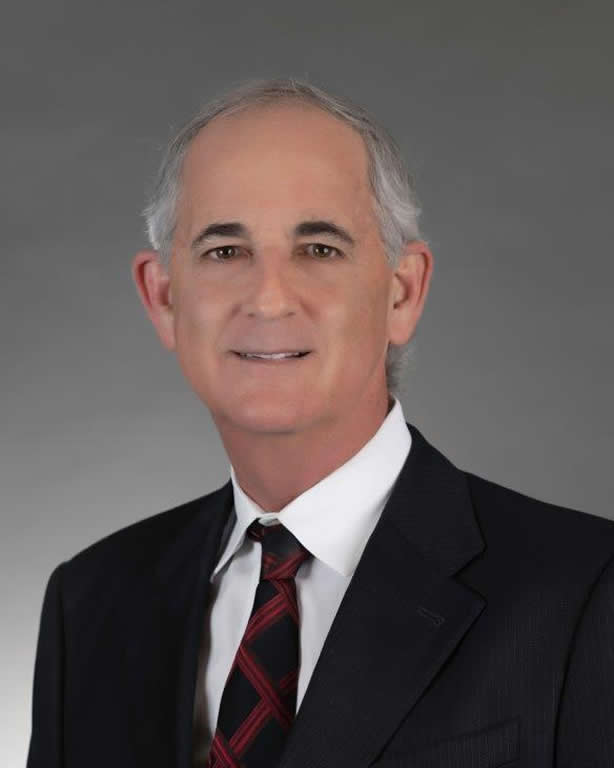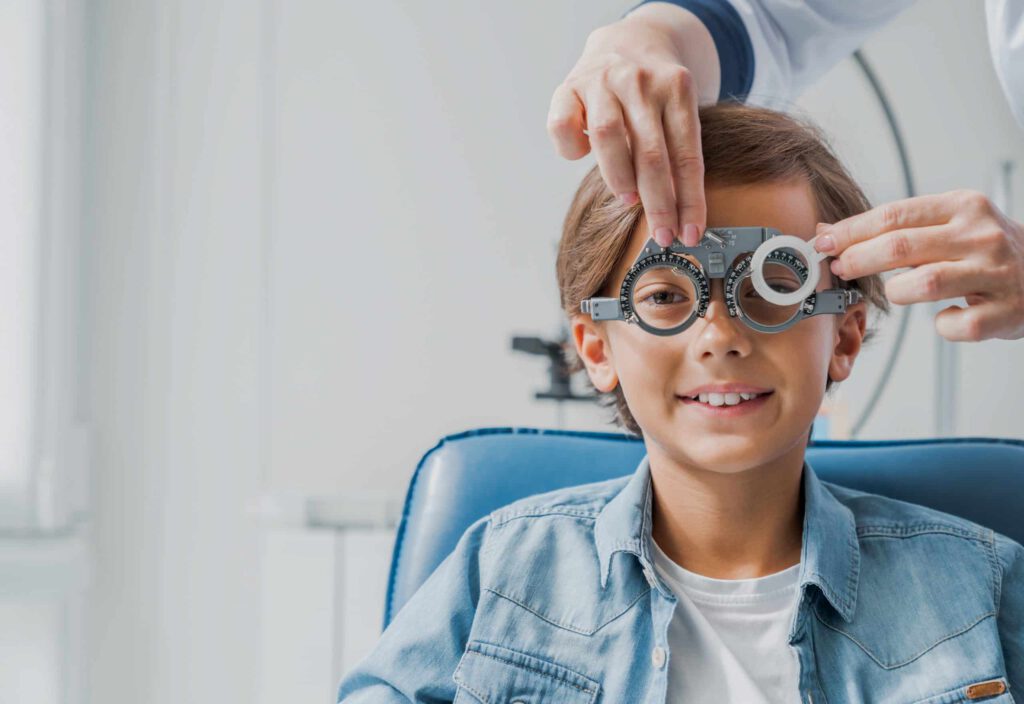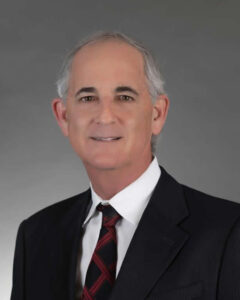Pediatric Ophthalmology

Why come to Florida Eye for your child’s eye care needs?
Florida Eye Microsurgical Institute’s pediatric ophthalmology service has the best reputation of any in South Florida – bar none. The facilities are warm and inviting, with every thought given to a child’s comfort. The pediatric staff is patient and caring, taking as much time as is needed to make a child as comfortable as possible. Many of our young patients have grown up in front of our eyes and then moved on to other physicians in the practice. Now if that’s not a testament to our services and staff…
Why choose Dr. Friedman?
There’s a reason Dr. Friedman is so well known in South Florida. It’s actually hard to meet someone who has never heard of him. Dr. Friedman’s expertise in his field is legendary, as is his caring nature and natural empathy towards children. His patients continue to book appointments with him long after he has fixed the immediate problems, such as retinopathy of prematurity. Just see what Debbie, mother of Bethany thinks of Dr. Friedman:
Dear Dr. Friedman & Staff: I cannot express in words how much your experience, professionalism & careful hands mean to me & my family. You gave my daughter the precious gift of sight. I truly do not know how to thank you enough. I know I will never forget you or your caring staff. Here’s to a long, healthy relationship while we all watch Bethany grow big & strong.
All of my best, Debbie

Dr. Friedman specializes in Pediatric Ophthalmology, ROP and Pediatric & Adult Strabismus at Florida Eye. A board certified pediatric ophthalmologist and fellowship trained pediatric/strabismus specialist, Dr. Friedman has been diagnosing, treating and operating on children as well as adults for more than twenty one years.
Thank you so much for taking care of my son Ben. His surgery went very well and his eye looks terrific. Also, thank you Becky for taking the time to assist me with my insurance to get us the best possible price. We truly appreciate your efforts.
Sincerely, June
We are still counting our blessings that we were lucky enough to have you as our doctor. When I look at Max, I am still amazed at your work. He is excelling in school and socially. He wouldn’t be where he is without you.
Sincerely, the Zelmans
Eye Examinations for Children

- strabismus (misaligned eyes)
- amblyopia (“lazy eye”)
- ptosis (drooping of the upper eyelid), and
- decreased vision
If the child is referred to an ophthalmologist, he or she will conduct a physical examination of the eyes, using eye chart tests, pictures, or letters to test the child’s ability to see form and detail of objects, and to assess for any refractive error (nearsightedness, farsightedness, and astigmatism).
Vision problems in children can be serious, but if caught in time and treated early, the child’s good vision can be protected.
Eye Exams
Routine medical exams for kids’ vision include:
- Newborns should be checked for general eye health by a pediatrician or family physician in the hospital nursery.
- High-risk newborns (including premature infants), those with a family history of eye problems, and those with obvious eye irregularities should be examined by an eye doctor.
- In the first year of life, all infants should be routinely screened for eye health during checkups with their pediatrician or family doctor.
- Around age 3½, kids should undergo eye health screenings and visual acuity tests (or tests that measure sharpness of vision) with their pediatrician or family doctor.
- Around age 5, kids should have their vision and eye alignment evaluated by their doctors. Those who fail either test should be examined by their pediatrician or family doctor.
- After age 5, further routine screenings should be done at school or the doctor’s office, or after the appearance of symptoms such as squinting or frequent headaches. (Many times, a teacher will realize the child isn’t seeing well in class.)
- Kids who wear prescription glasses or contacts should have annual checkups by an eye doctor to screen for vision changes.
If caught early, eye conditions often can be reversed.

Eye exams should be a part of your child’s routine medical care. Healthy eyes and good vision are critical parts of a child’s development. Children’s vision problems and eye diseases should be detected and treated early. Watch your child for evidence of poor vision or crossed eyes. If you notice any eye problems, have your child examined immediately so that the problem does not become permanent.
Dr. Lee Friedman, M.D., Pediatric Ophthalmology & Adult Strabismus Specialist
Spotting Eye Problems
Signs that a child may have vision problems include:
- constant eye rubbing
- extreme light sensitivity
- poor focusing
- poor visual tracking (following an object)
- abnormal alignment or movement of the eyes (after 6 months of age)
- chronic redness of the eyes
- chronic tearing of the eyes
- a white pupil instead of black
In school-age children, watch for other signs such as:
- inability to see objects at a distance
- inability to read the blackboard
- squinting
- difficulty reading
- sitting too close to the TV
Watch your child for evidence of poor vision or crossed eyes. If you notice any eye problems, have your child examined immediately so that the problem doesn’t become permanent.
For more information, visit Kids Health.
Cataracts in Children
A cataract is a clouding of the eye’s normally clear lens. The lens of the eye plays an important role in focusing images on the retina, the light-sensitive nerve cells lining the back of the eye. If the lens loses its clarity, light rays do not focus clearly, and your vision becomes blurry. Just as it is hard to see through a dirty window, it is hard to see through a cataract. Although most cataracts occur in older adults, they can appear in children, in one or both eyes, often at birth. They look like a white or gray spot in the pupil.
Cataracts in children can be inherited, or they can develop because of an infection or a disease acquired before birth. They can also be caused by an injury. In most cases, no specific cause is found.
Children may lose vision permanently because of amblyopia (“lazy eye”) if a severe cataract is not removed quickly. The better eye may also need to be patched. Mild cataracts may not need treatment.
The focusing power of the original lens, removed during cataract surgery, must be replaced to restore vision. Intraocular lenses (IOLs), permanent synthetic lenses placed inside the eye, can be implanted in older children much as they are in adults. In infants and small children, IOLs are controversial because a child’s eyes change and grow during the first few years of life, and the prescription needed for good vision changes as well. Many surgeons prefer contact lenses or even eyeglasses for younger children.
Regardless of the type of correction, children need follow-up exams to avoid possible complications, which can include glaucoma, scar tissue formation in the pupil, and amblyopia. Often, children will need eye muscle surgery if the eye “turns” or “crosses.”
Despite these problems, cataracts are the single most treatable cause of childhood blindness. After surgery, most children can see the blackboard in school (20/60–20/100). While some do not do as well, with appropriate correction, many children see almost normally after cataract surgery.
